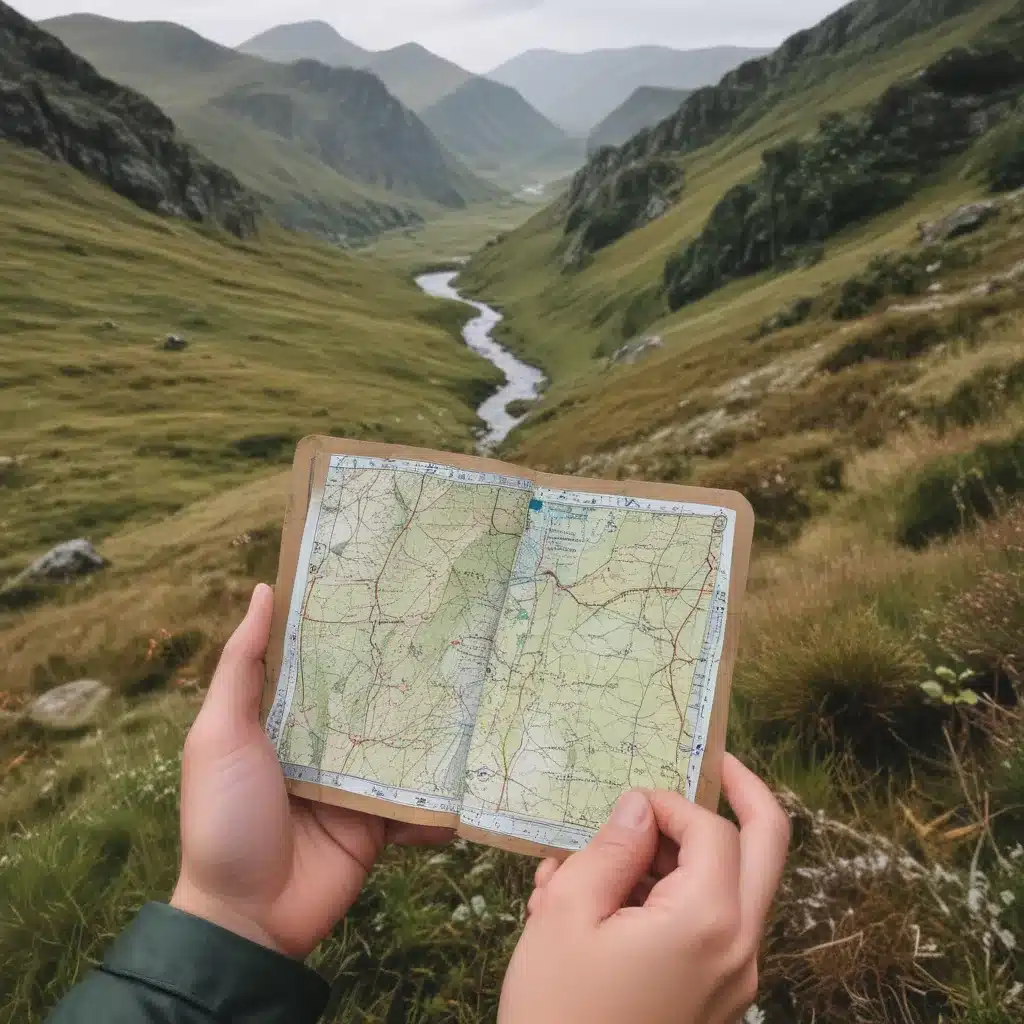
Finding Your Way in the Wilderness
As I stood there, surrounded by the vast and unforgiving Scottish Highlands, I couldn’t help but feel a twinge of panic creep up my spine. The gentle mist had turned into a relentless downpour, obscuring the once-familiar landmarks that had guided my path. My phone’s battery was dangerously low, and the GPS signal was fading in and out – a harsh reminder that technology, no matter how advanced, can fail us when we need it most.
But in that moment, I knew I couldn’t let fear consume me. Instead, I took a deep breath and began to survey my surroundings, searching for the clues that nature had laid out before me. The key, I realized, was learning to read the landscape like a book, to decipher the subtle signs that would point me back towards safety.
Mastering the Art of Natural Navigation
As I would soon discover, the art of natural navigation is not something that comes naturally to most of us. In our modern, technology-driven world, we’ve become accustomed to relying on GPS, maps, and compasses to guide us through the great outdoors. But when those fail, as they inevitably will, we’re left feeling lost and unprepared.
That’s why I made it my mission to dive deep into the world of natural navigation, learning to harness the power of the sun, the stars, and the very elements around me to find my way. And let me tell you, it’s been a wild ride – from stumbling through dense forests, trying to decipher the patterns in the moss, to peering up at the night sky, tracing the constellations to locate the North Star.
Reading the Landscape
One of the most crucial skills in natural navigation is the ability to read the landscape and extract the vital clues that will lead you to safety. It’s all about paying attention to the details – the way the trees lean, the direction of the wind, the angle of the shadows, and so much more.
Take, for example, the humble sun. In the northern hemisphere, the sun rises in the east and sets in the west, with its path across the sky shifting throughout the year. By observing the sun’s position, you can determine your cardinal directions and navigate accordingly. But the sun is just the beginning – there are so many other natural features to explore, from the patterns in the snow and the direction of the wind to the growth patterns of mosses and lichens.
Navigating with Nature’s Compass
Of course, no discussion of natural navigation would be complete without mentioning the humble compass. While modern compasses can certainly be a lifesaver, learning to use the Earth’s own magnetic field to find your way can be an incredibly empowering skill.
By understanding the concept of magnetic declination – the difference between true north and magnetic north – you can adjust your compass readings to get an accurate bearing, even in the most remote and rugged landscapes. And with a little practice, you can even use the sun and the stars to triangulate your position, honing your navigation skills to a fine art.
The Joy of Exploration
But navigating with natural features isn’t just about survival – it’s also about the sheer joy of exploration. When you’re able to read the landscape like a book, you unlock a whole new world of adventure. Suddenly, those off-the-beaten-path trails and remote wilderness areas become accessible, waiting to be discovered and experienced in all their natural glory.
And for me, that’s the true beauty of natural navigation. It’s not just about finding my way back to safety – it’s about connecting with the land in a deeper, more meaningful way. It’s about slowing down, tuning in to the rhythms of nature, and letting the landscape guide me on an unforgettable journey.
So if you’re planning a trip to the Scottish Highlands, or any other wilderness destination, I encourage you to embrace the art of natural navigation. It might take some time and practice, but trust me, the payoff is worth it. You never know where the land might lead you – and that’s the greatest adventure of all.

